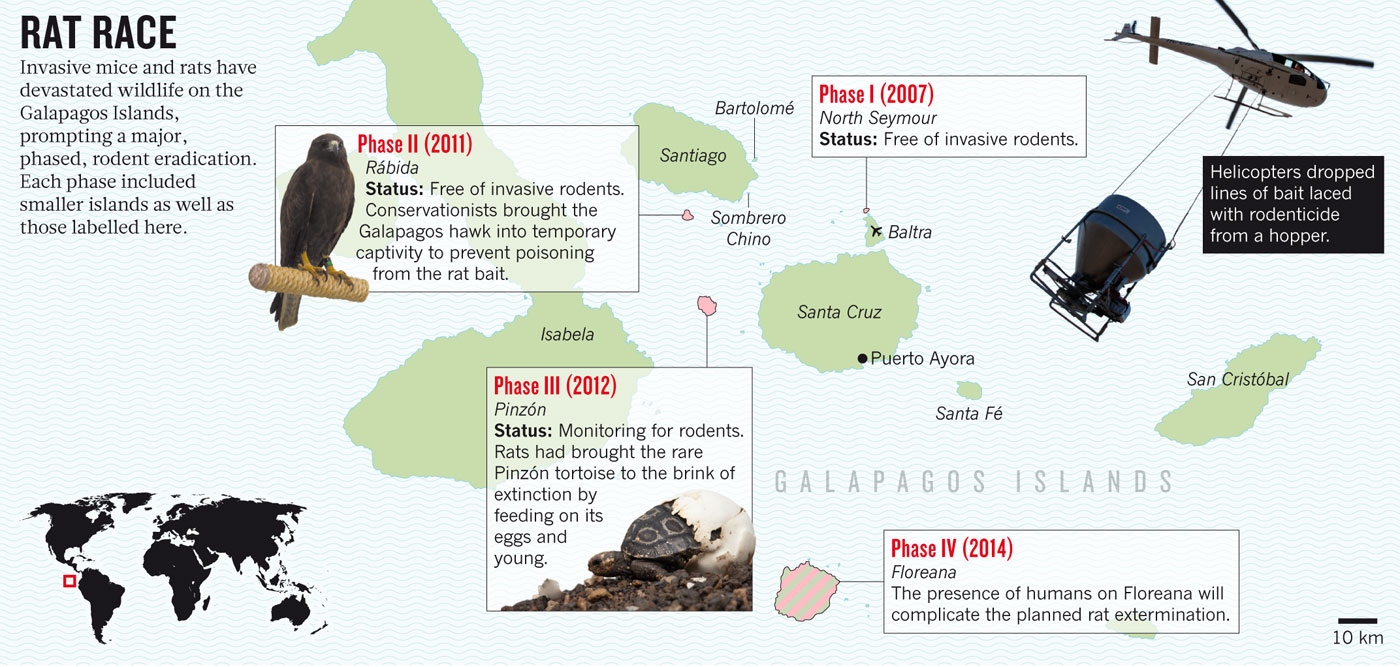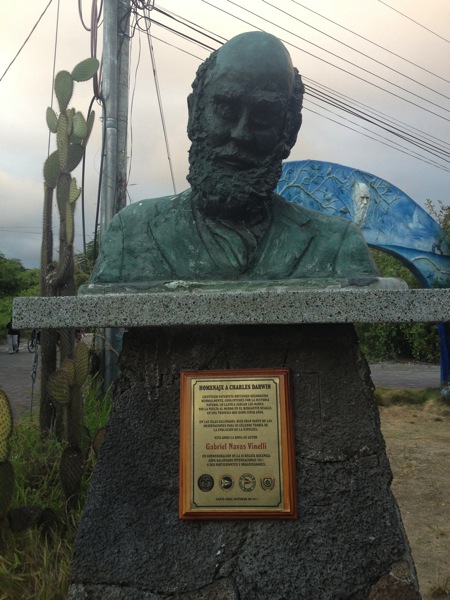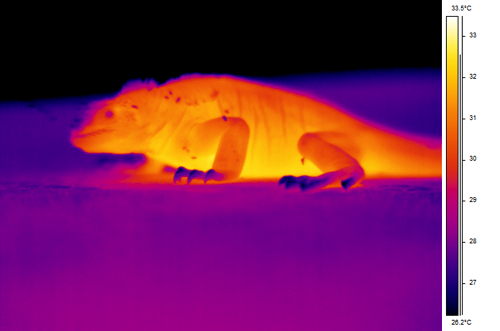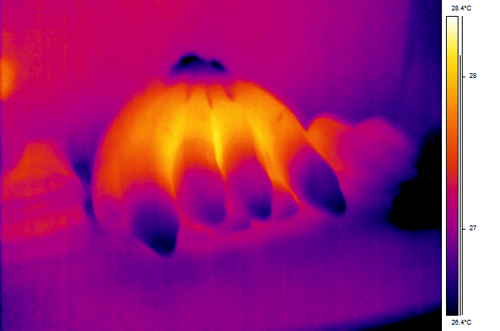Tomorrow morning I head back to Canada, but with a long face. I can hardly say I am looking forward to getting back to work on the mundane paperwork required for university administration, but such is what awaits me. My annual report is due 3 days ago, but I've not had a chance to tick all the boxes justifying my existence. I wonder if my blog counts?
We have had a productive research trip here. It may seem odd that I have rarely blogged about our research, but for good reason I felt it appropriate not to talk about the research here, for fear of pre-judging our data or indeed scooping ourselves! Actually, when we received the National Geographic Society grant last November, it came with rules about not keeping a blog about the research and not having a documentary team filming us without NGS approval. I think I've kept pretty well away from blogging about our research here, at least until we publish it. :) As for the documentary team, well, unless one was hiding in the bushes here...
Anyhow, my personal thanks go to the employees of the Charles Darwin Research Station who have helped guide us through the permitting process, the Galapagos National Park officials whose responsibility for conserving the Galapagos islands and their flora and fauna is immense, and to Jaime Chaves who helped to train us in finch identification and led us to our field sites. I look forward to seeing you all again next year!
Hasta luego, Galapagos.
 (Source: http://www.nature.com/news/invasive-species-the-18-km2-rat-trap-1.12992?WT.mc_id=FBK_NatureNews )
(Source: http://www.nature.com/news/invasive-species-the-18-km2-rat-trap-1.12992?WT.mc_id=FBK_NatureNews )



